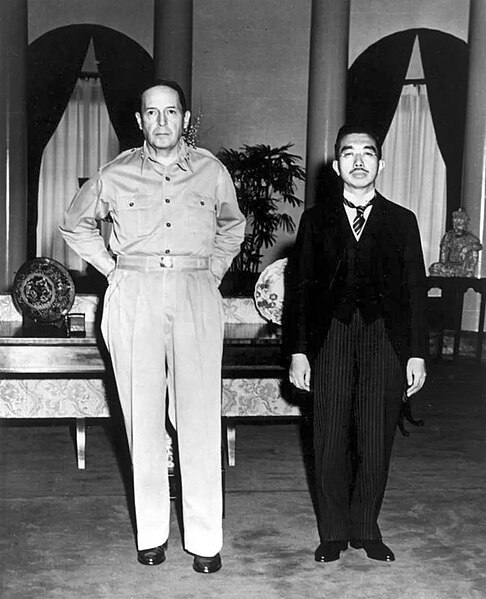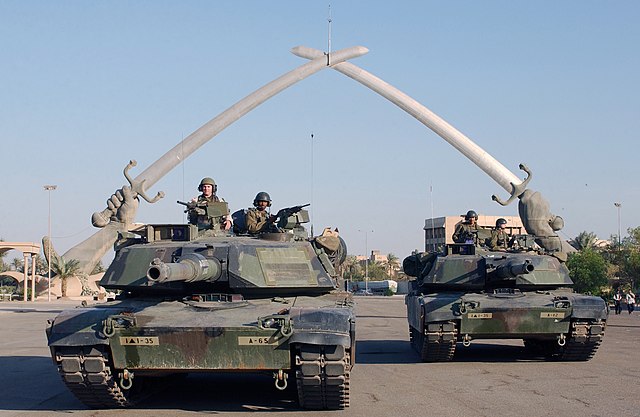Japan was occupied and administered by the Allies of World War II from the surrender of the Empire of Japan on September 2, 1945, at the war's end until the Treaty of San Francisco took effect on April 28, 1952. The occupation, led by the American military with support from the British Commonwealth and under the supervision of the Far Eastern Commission, involved a total of nearly one million Allied soldiers. The occupation was overseen by the US General Douglas MacArthur, who was appointed Supreme Commander for the Allied Powers by the US President Harry S. Truman; MacArthur was succeeded as supreme commander by General Matthew Ridgway in 1951. Unlike in the occupations of Germany and Austria, the Soviet Union had little to no influence in Japan, declining to participate because it did not want to place Soviet troops under MacArthur's direct command. And unlike Germany, the Japanese government still remained in place throughout the occupation.

May 1946: The Indian Army 2nd Battalion 5th Royal Gurkha Rifles march through Kure, Hiroshima soon after their arrival in Japan.
Nihonbashi, Tokyo, in 1946
Gaetano Faillace's famous photo of Douglas MacArthur and Emperor Hirohito
The Japanese government releases members of the Japanese Communist Party on October 10, 1945.
Military occupation, also called belligerent occupation or simply occupation, is the temporary control exerted by a ruling power's military apparatus over a sovereign territory that is outside of the legal boundaries of that ruling power's own sovereign territory. The controlled territory is then known as the occupied territory, with the ruling power being the occupant. Occupation is distinguished from annexation and colonialism on the basis that it is a power structure that the ruling power intends to keep in place only temporarily. In many cases, the occupant may establish a military government to facilitate the administration of the occupied territory, though this is not a necessary precondition for occupation to take place.
American tanks at the Victory Arch in the city of Baghdad during the occupation of Iraq, 2003
Indian troops of the 5th Royal Gurkha Rifles in the city of Kure during the Allied occupation of Japan, 1946
German troops at the Champs-Élysées in the city of Paris during the Prussian occupation of France, 1871
Lebanese protesters of the Cedar Revolution during the Syrian occupation of Lebanon, 2005







